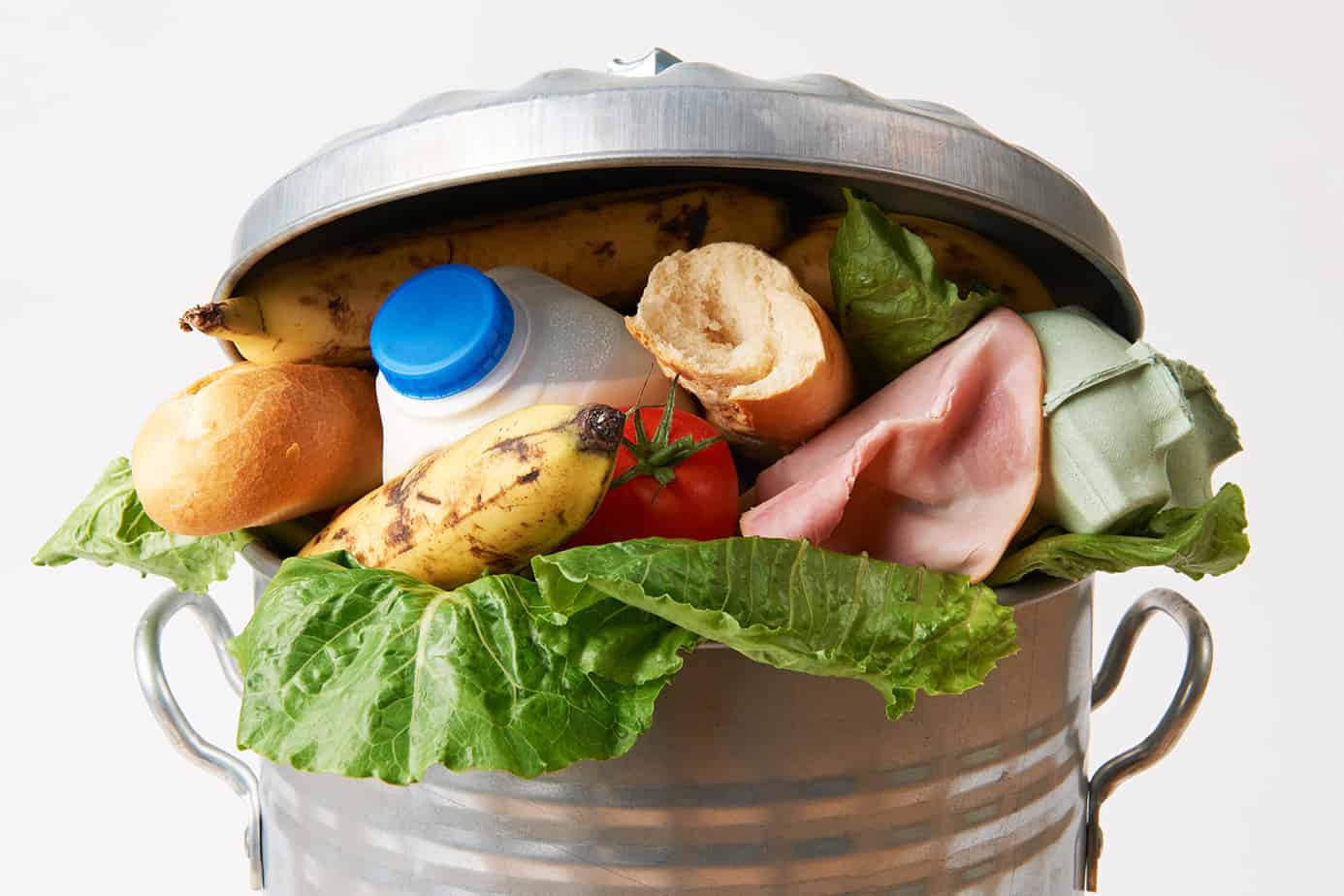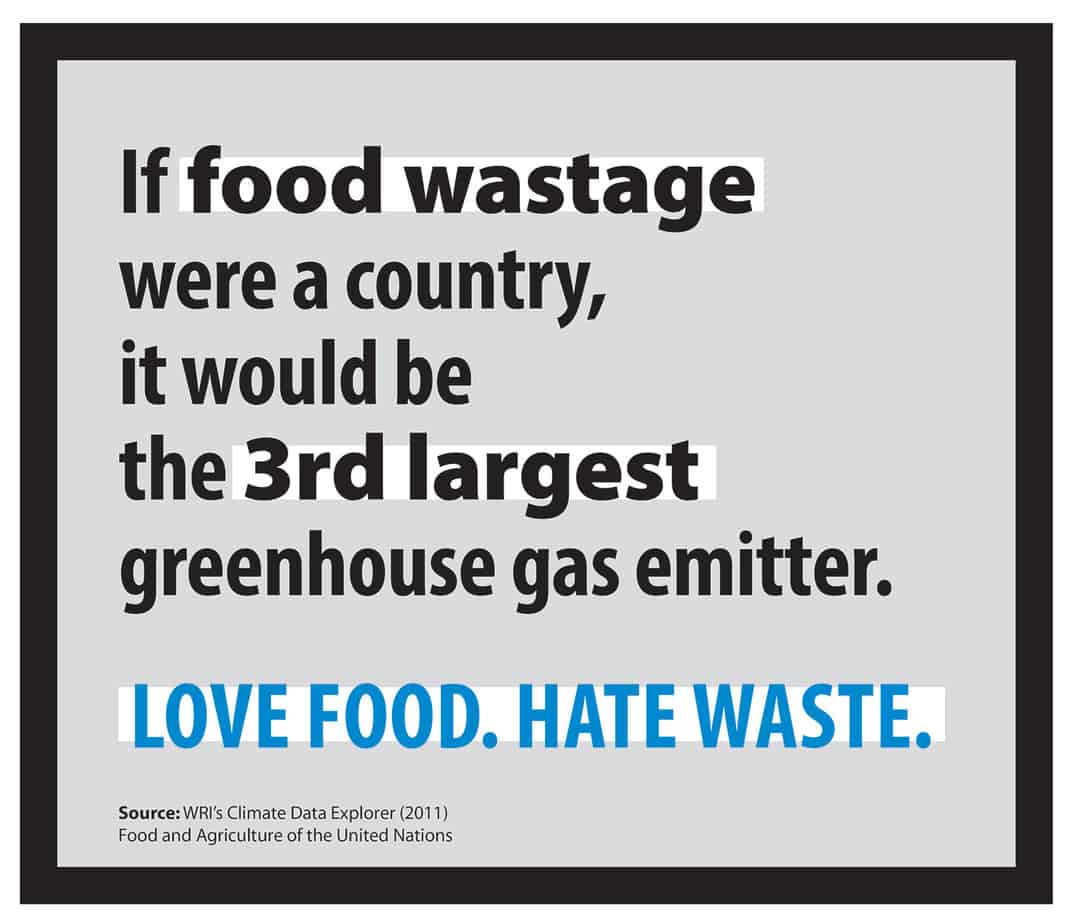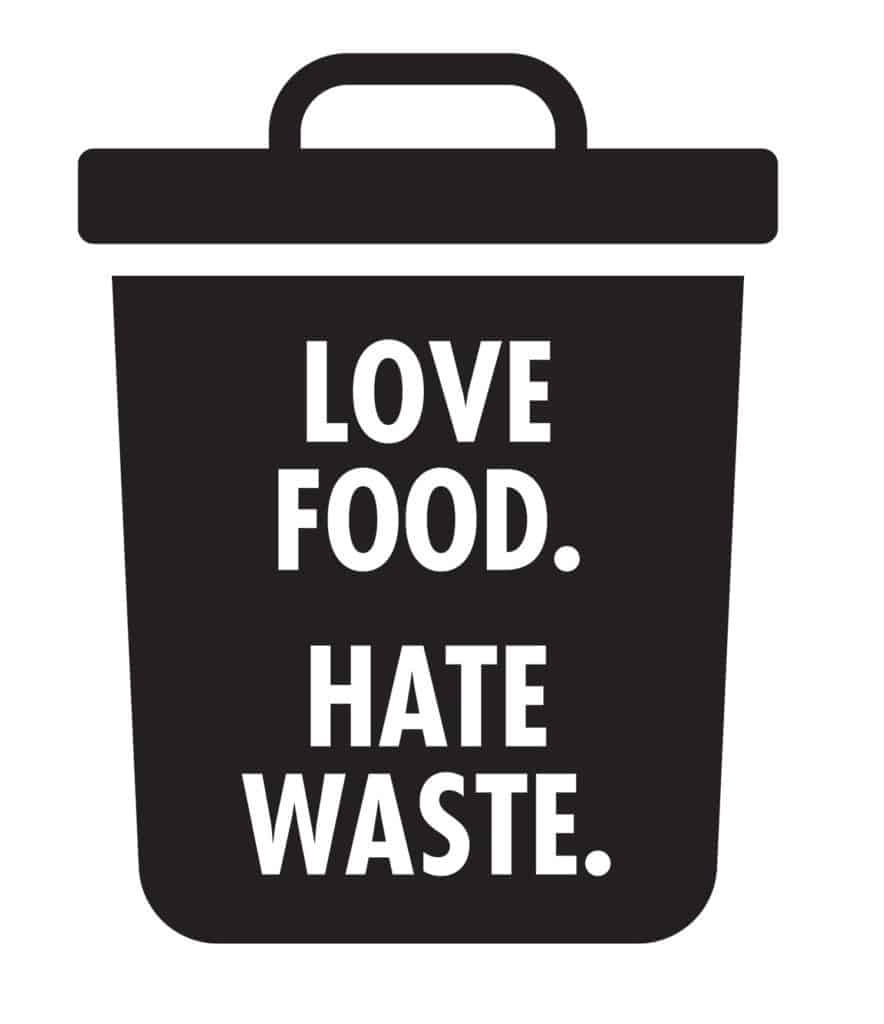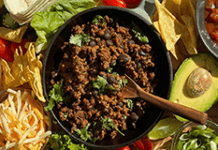Many Canadians are looking for ways to reduce their environmental footprint. We have come to realize that many of our day to day choices can have a significant impact on the future health of our planet and the legacy we leave for future generations.
For individuals, big changes like transitioning to electric vehicles, and small shifts, like reducing single-use plastic straws and grocery bags, have become popular ways to reduce our individual impact on the environment.

But for Canadians looking to make an even greater contribution, an area that is often overlooked is food waste.
Food waste is an enormous problem
• In a 2019 report, it was estimated that 58% of all food produced in Canada is lost or wasted.
• One third of food lost and wasted is avoidable.
At the household level, over 5 million tons of food is wasted per year in Canada, which is equivalent to 139kg of food per person.
• This waste costs Canadian household $1,766 each year.
• In a 2017 report, is was estimated yearly food waste in Canada translates to 21 million tons of CO2 emissions per year, the equivalent of taking 4.5 million cars, driven continuously, off the road.
• If this waste is considered in terms of wasted calories, it would be enough to feed 24 million Canadians.

The average consumer is unaware of the huge environmental and social impacts being made by food waste. Across the food supply chain, food waste is associated with increased greenhouse gas emissions, land and water use, wasted landfill space, loss of biodiversity and wasted nutrition.
A huge percentage of food loss and waste occurs during food production, manufacturing, distribution and at the retail level. Addressing waste at these levels will require buy-in from industry, government and NGOs, like food rescue groups. As consumers, we can use our voices to rally these higher level groups, but we can also make an impact by doing our own part at home.

7 Ways to reduce food waste at home
- Plan what you will eat and make a shopping list. Do an inventory of perishable items at home before shopping, and work them into your meal plan. Buy only what you need.
2. Do not confuse ‘best before’ dates with expiry dates. Foods can be eaten after their ‘best before’ dates; they are not an indicator of food safety. The date is meant to guarantee optimal flavour and freshness, and it is chosen by the manufacturer. In Canada, expiry dates are only required for infant formula, nutrition supplements, meal replacements and formulated liquid diets.
3. Consider in-store ‘multiple’ deals carefully. 2-for-1 deals can seem like a bargain, but perishable items are much more likely to go to waste and cost more in the end.
4. Freeze surplus food. Many perishable food items can be frozen for use at a later time. Label and date foods before freezing and keep a running list of your frozen foods for future reference.
5. Make use of composting programs in your community or consider a home composter.
6. Buy food that can be used in more than one recipe.
7. Have at least one ‘use it up’ meal per week. Soups, pasta sauces, frittatas and casseroles are all great vehicles for a wide variety of ingredients that might otherwise go to waste.
As Canadians we are fortunate enough to live in a time and place where food has never been more abundant or affordable. Until recently, the direct impact of wasting food may not have been obvious. Now, with pressure to feed a growing human population all while striving for improved sustainability, we all need to consider how reducing food waste can have a meaningful impact on both.
Resources:
The Avoidable Crisis of Food Waste: A Road Map (Second Harvest & Value Chain Management International, 2019)
Characterization and Management of Food Loss and Waste in North America (Commission of Environmental Cooperation, 2017)
This is a guest post by Dara and Erin of HowtoEat.ca






